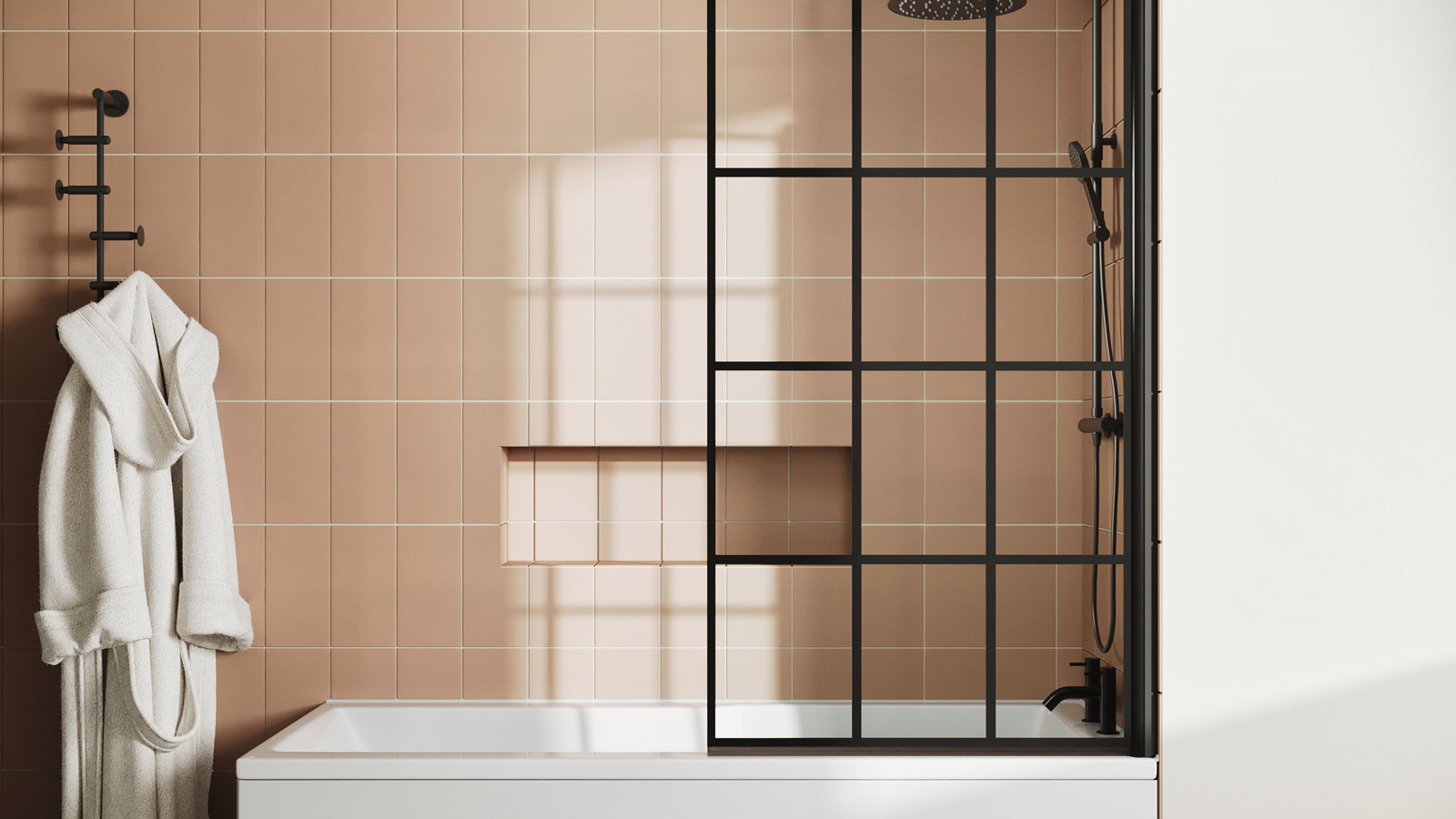5 things that will make your house renovation look cheap – plus what to do instead, according to renovation experts
If you’re renovating, here’s how to avoid the things that make the finished job look low budget
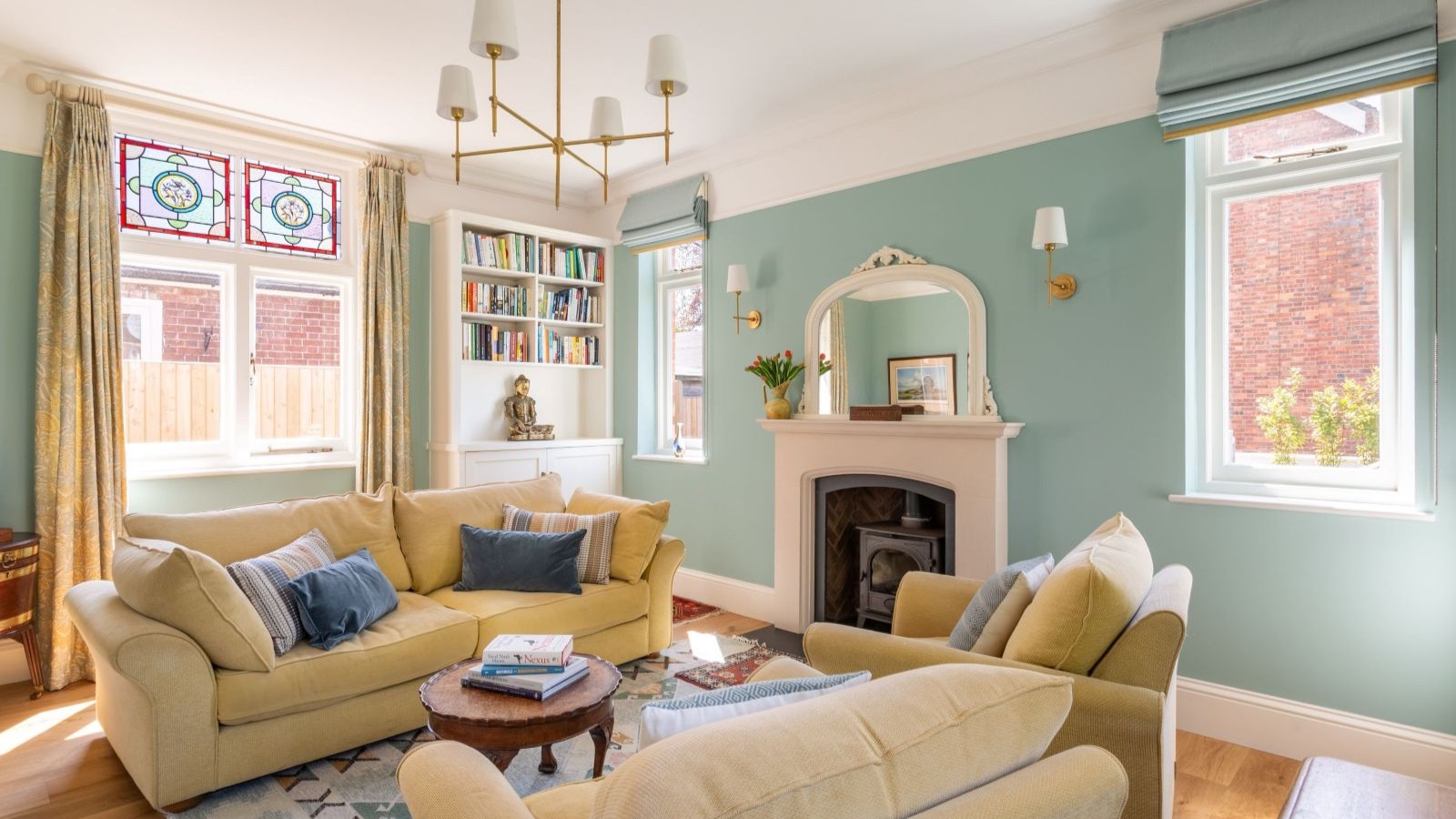
When you’re renovating, it’s vital to achieve the best finish you can for your investment, whatever your budget.
The median spend on a home renovation is hitting record levels right now, up by more than a quarter (26 per cent) to £21,440, in the year from 2023, when it was £17,000, according to Houzz, the home renovation and design platform.
That’s a lot of money to spend to end up unhappy with a shoddy job, especially when the majority of people renovating a home plan to live there long-term. So it’s never been more important to avoid making choices that will bring down the value of your home.
We’ve asked the experts to tell us what really makes a renovation look cheap – and how to avoid making costly errors.
1. Choosing cheap laminate flooring
“Laminate flooring in kitchens, utility rooms or hallways devalues the finish and signals cost-cutting,” says Mark Hood, director of architecture at Resi.
Whilst good-quality laminates are available at reasonable prices if you shop around, it does make sense to prioritise your budget to invest in the best flooring you can afford, especially for areas of heavy wear – such as the hallway and kitchen.
Also, think carefully about how you choice of flooring can pull your renovation together visually.
Bring your dream home to life with expert advice, how to guides and design inspiration. Sign up for our newsletter and get two free tickets to a Homebuilding & Renovating Show near you.
“Unless you’re renovating your entire home at once, think about how your new flooring will connect with the existing rooms,” says Alex Heslop, trend expert at Flooring Superstore. “This is especially important in period properties, where preserving original features and keeping that timeless charm is top priority.”
Alex suggests that the best way to create cohesion throughout your renovated home is to use wood or wood-effect flooring with a grain or undertone that complements your existing floors: “This way, you maintain character and charm without jarring transitions between old and new.”

Architect Mark Hood, director of architecture at Resi, a practice which specialises in extensions, leads a 30-strong team in London and a national network of partners for Resi.
He manages more than 100 residential projects a month, moving from point of sale through to construction, so has lots of practical, hands-on knowledge. Formerly head of new-build construction, Mark now also leads the decarbonisation of Resi’s portfolio, aligning design excellence with sustainability.
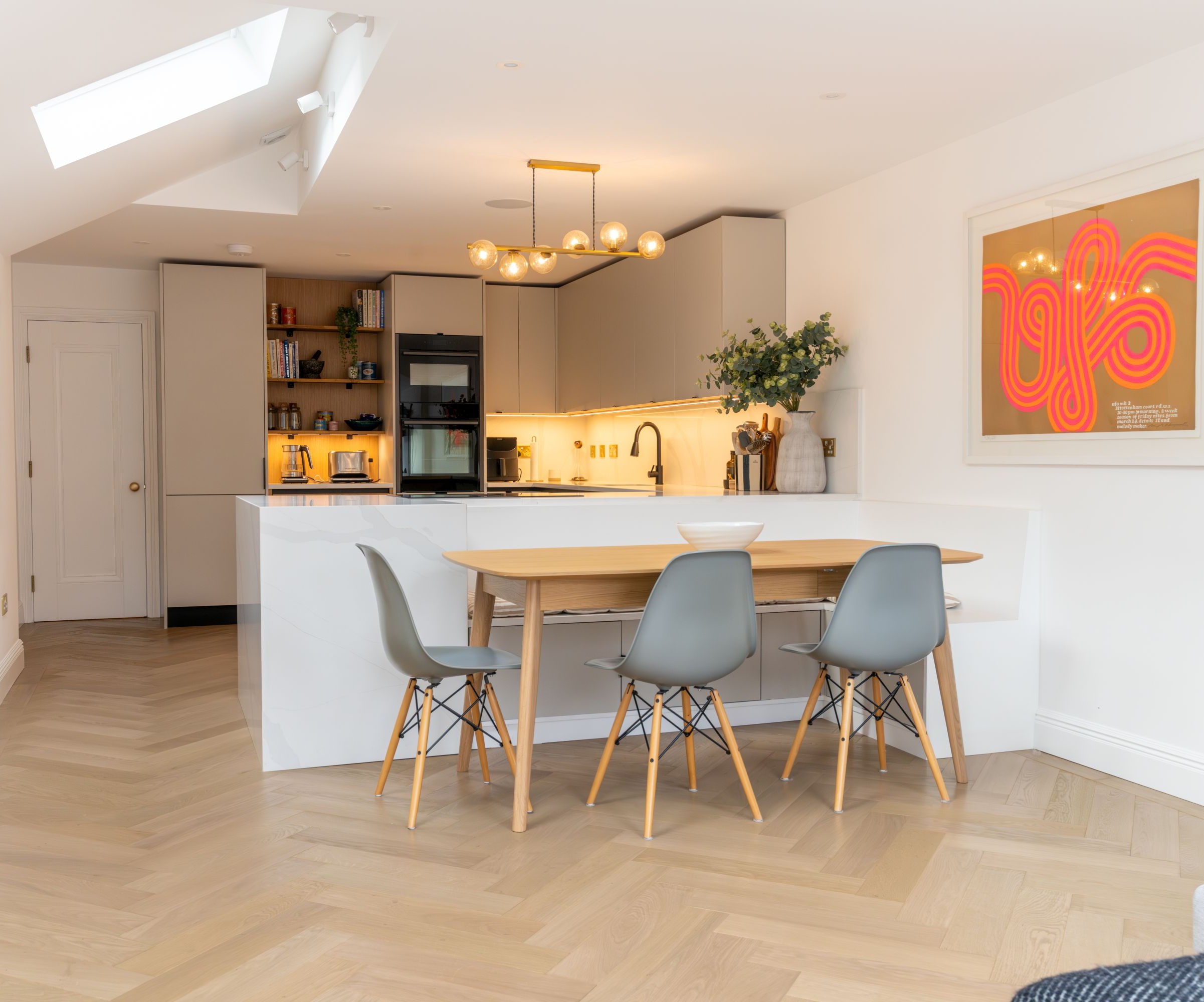
2. Only having spotlights and failing to layer lighting
Mark signals out “over-use of spotlights” as key devaluing mistake many renovators make: “Filling ceilings with downlights creates a flat, boxy feel with no depth or layering of light.”
Instead, take time to really plan out your lighting design, incorporating different levels into your renovated spaces. For your kitchen lighting ideas, for instance, you’ll need a range of lighting to cover the workspace, the dining area and background lighting to create a welcoming atmosphere.
For effective living room lighting ideas, consider highlighting key features, such as bookshelves with mini clip-on spotlights, or cast interesting shadows with a beautiful table lamp.
“One of the most effective ways to elevate a renovation is to make sure it feels like your home,” says Amanda Pollard, senior editor at home renovation and design platform Houzz.
“Inject personality through thoughtful details such as mellow or targeted lighting, to create a warm, layered home that feels lived-in and loved, rather than simply styled. It's easy to get caught up in trends, but if a space lacks any personal elements, such as meaningful artwork, collected pieces, or furniture with a story, it can end up feeling a little flat or generic.”

Amanda Pollard is a senior editor at Houzz, an online platform for home renovation and design. As a well-established homes and interiors specialist, Amanda regularly shares expertise from top-rated residential construction and design professionals. She can often be seen on Houzz webinars, reporting on the latest home renovation and design trends.
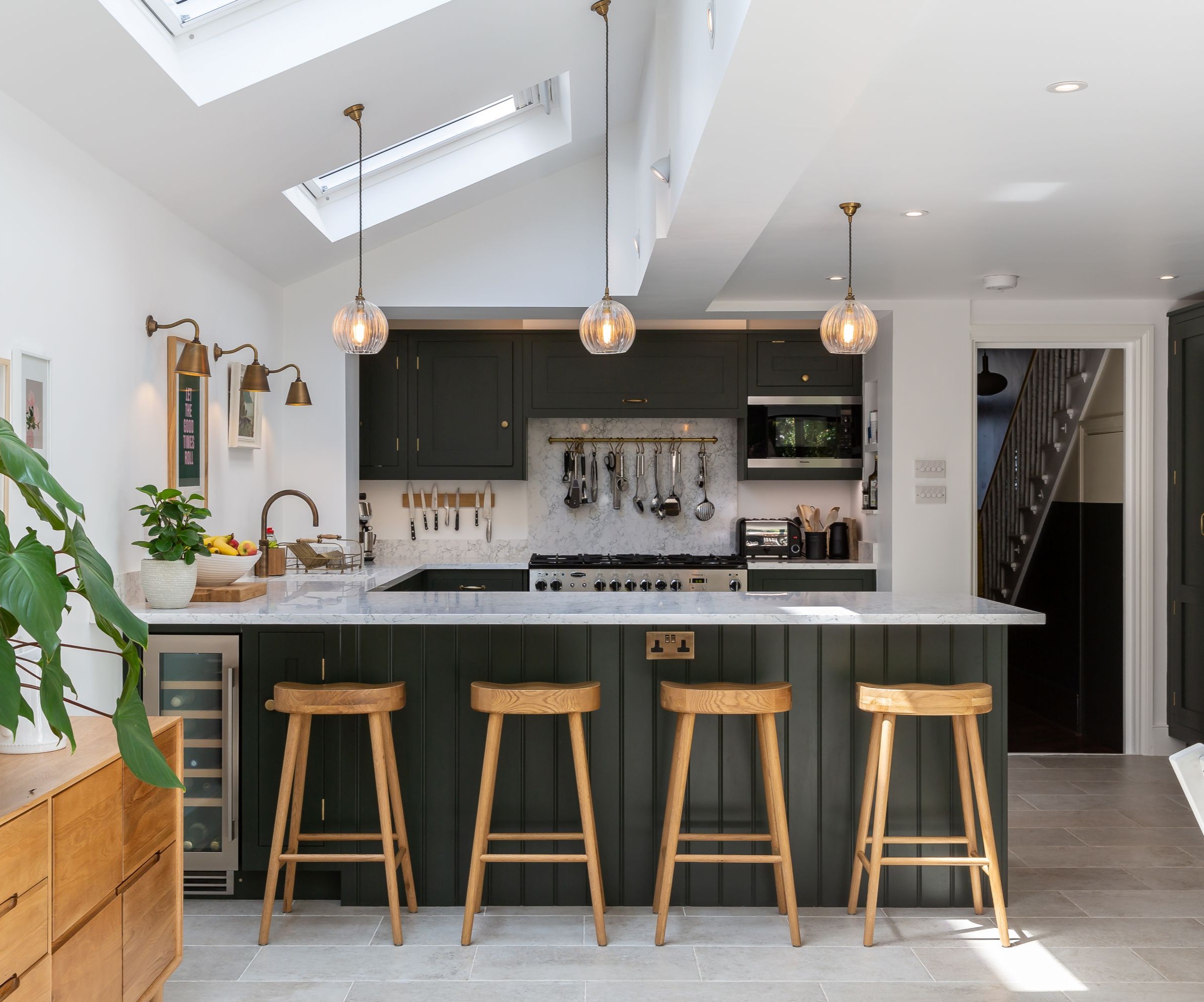
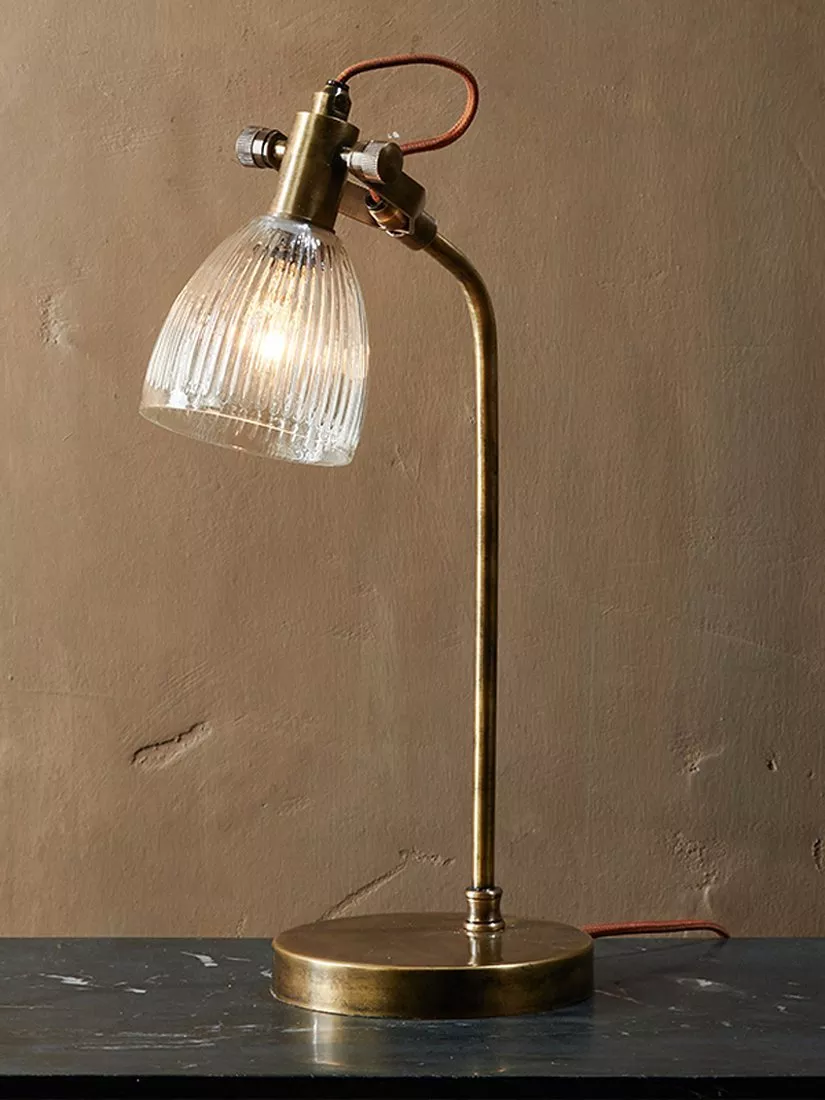
The shade is made from recycled glass with a textured finish and the stand is made from antique brass, its warm hues adding to the cosy feel the lamp creates.
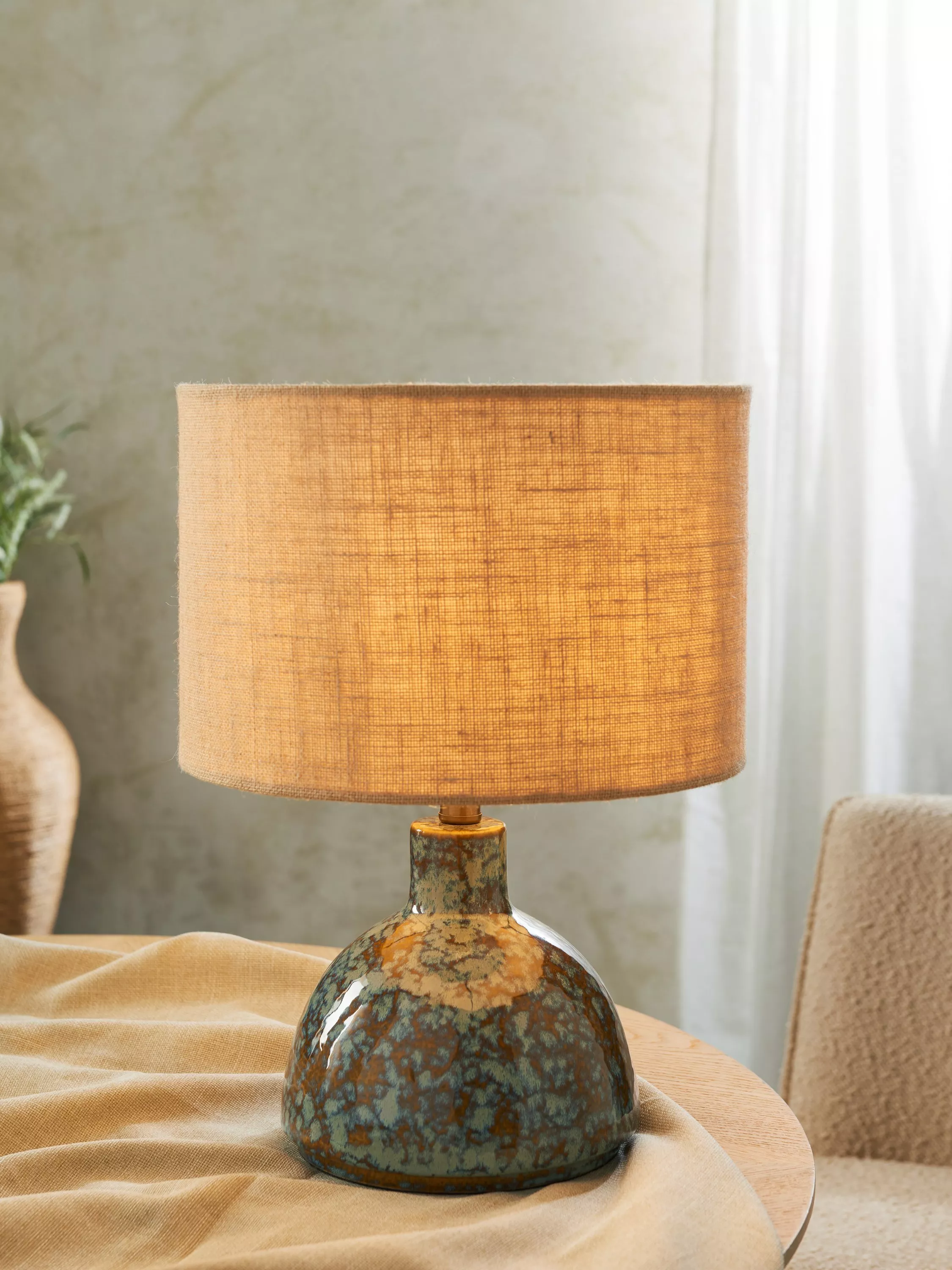
Paired with a caramel jute shade to diffuse a soft glow of light, it also features a natural jute flex and warm brass accents.
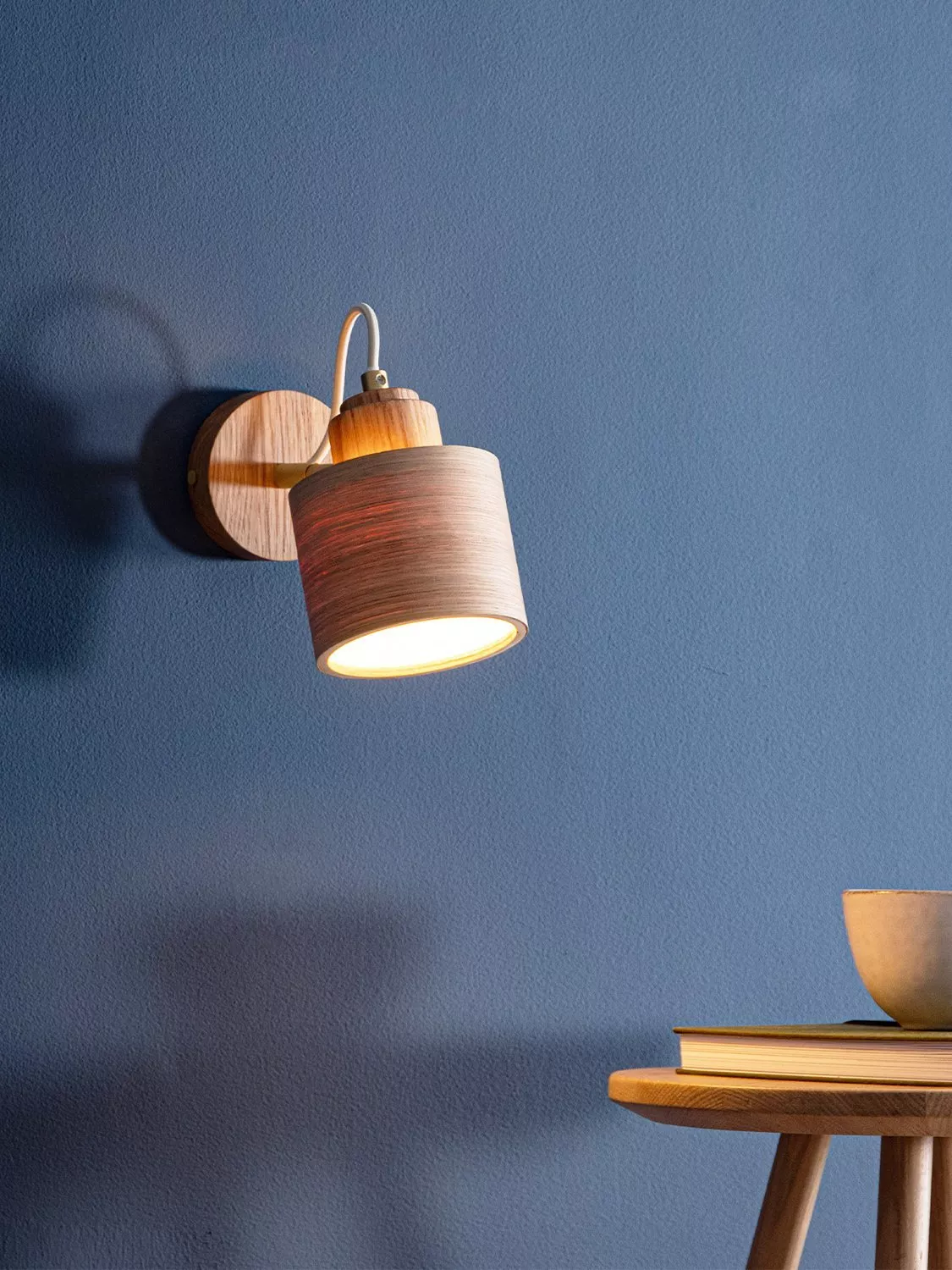
Handcrafted with precision, Tom Raffield's Spire Wall Light welcomes change, allowing you to adjust the direction of the glowing spotlight. Great for task lighting.
3. Not streamlining your storage
Even the most beautifully renovated home can struggle to shine if there isn’t enough storage in place and rooms end up full of clutter. When everything has its place, the focus shifts to the design of the room itself, allowing the details of your renovation to really stand out.
“Without somewhere to tuck things away, everyday items tend to gather on surfaces, which can make spaces feel chaotic and unfinished,” says Amanda.
She recommends “built-in storage ideas, clever furniture choices, or simply editing what you own can all help to create a calm, organised interior.”
Mark hates “visible white goods and utilities”, as he believes that these will cheapen even the smartest kitchen makeover. Focus on kitchen storage ideas to keep unsightly items hidden from view.
“Exposed boilers, flues or extractor fans undermine the design. Always conceal them behind cabinetry or within boxed-in panels. They can never look good," he says.

4. Going for a basic grey and white decor
“The era of grey being seen as a modern or neutral base is over. It now makes renovations feel dated and uninspired,” says Mark. Move your look forward by choosing neutrals inspired by natural tones such as taupe and terracotta.
This extends to flooring; grey carpets scream "cheap rental". Mark also cautions against “glossy, low-level skirting boards”. These definitely look cheap, he says: “Opt instead for a matt or stained finish and taller skirtings (around 20cm high) to add elegance and proportion to any scheme.”
James Bernard, director at Plus Rooms agrees, especially when it comes to bathroom trends and kitchen trends: “In these key spaces, a grey and white only interior scheme can not only feel cheap, it also lacks vibrancy.”
Cocooning hues such as deep greens and calming blues, textured tiles and warm metallic surfaces of burnished copper, silver and gold offer a richer palette, in all senses, he adds.

Along with his brother Robbie, James is co-director of Plus Rooms, a design and build company. In his youth, James laboured on building sites, and as a project manager, worked with structural engineers, building inspectors and architects.
Established for 14 years, Plus Rooms has now completed over 1,400 home extensions in London.
James and Robbie’s parents and grandparents owned building companies, passing on many years of experience and knowledge.

5. Not making the most of any period features
Houzz’s survey found more than half (53 per cent) of renovating homeowners lived in homes built in 1940 or earlier. So period features count. If you’re lucky enough to have them, eye-catching original fire surrounds, ornate cornicing, ceiling roses and picture rails all provide characterful focal points when you’re renovating a period property.
But don’t forget the outside, says James. “Obliterating exterior period features with render, removing character from an interesting older house is a huge mistake. If you’ve taken the time to carefully bring back to life interior period features, don’t spoil your home by opting for a modern makeover on the outside.”
It's also good to preserve quirky features such as original stained glass window styles, as these add a further layer to the period feel. And, if you explore options for making such glass panels, typically single-glazed, more energy efficient, you’ll save money on bills, cut down on street noise, and add value to your home too.
Typically, this is done by encapsulation, a process which sandwiches a stained-glass panel between two layers of clear glass, creating a triple-glazed unit.
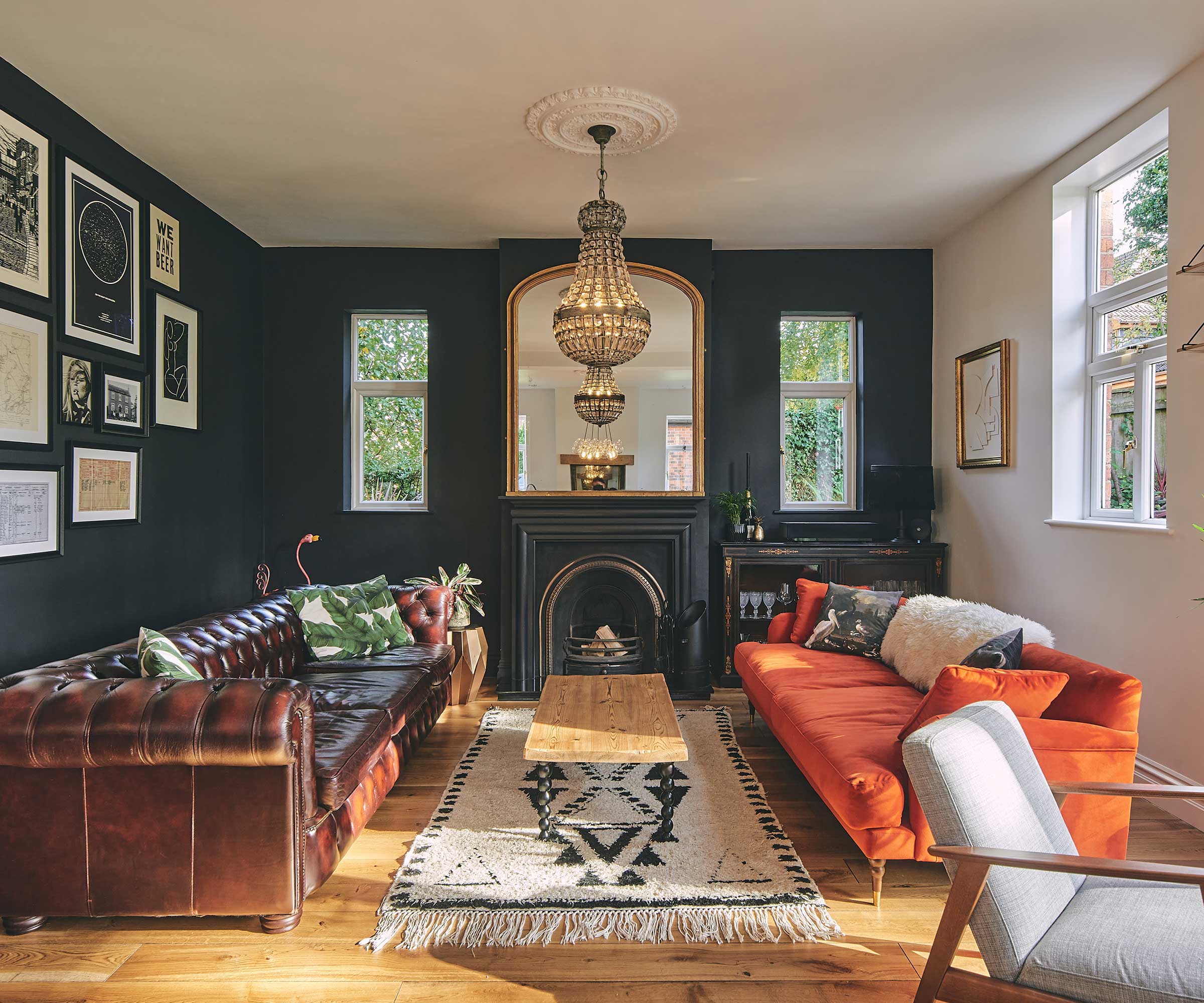
If you are struggling for great renovation ideas to include in your project, consider architectural design features such as a broken plan layout.
If your space feels dark, interior glazed doors are also worth a look, or adding a roof lantern to a flat roof can really boost the amount of natural light entering a space.

